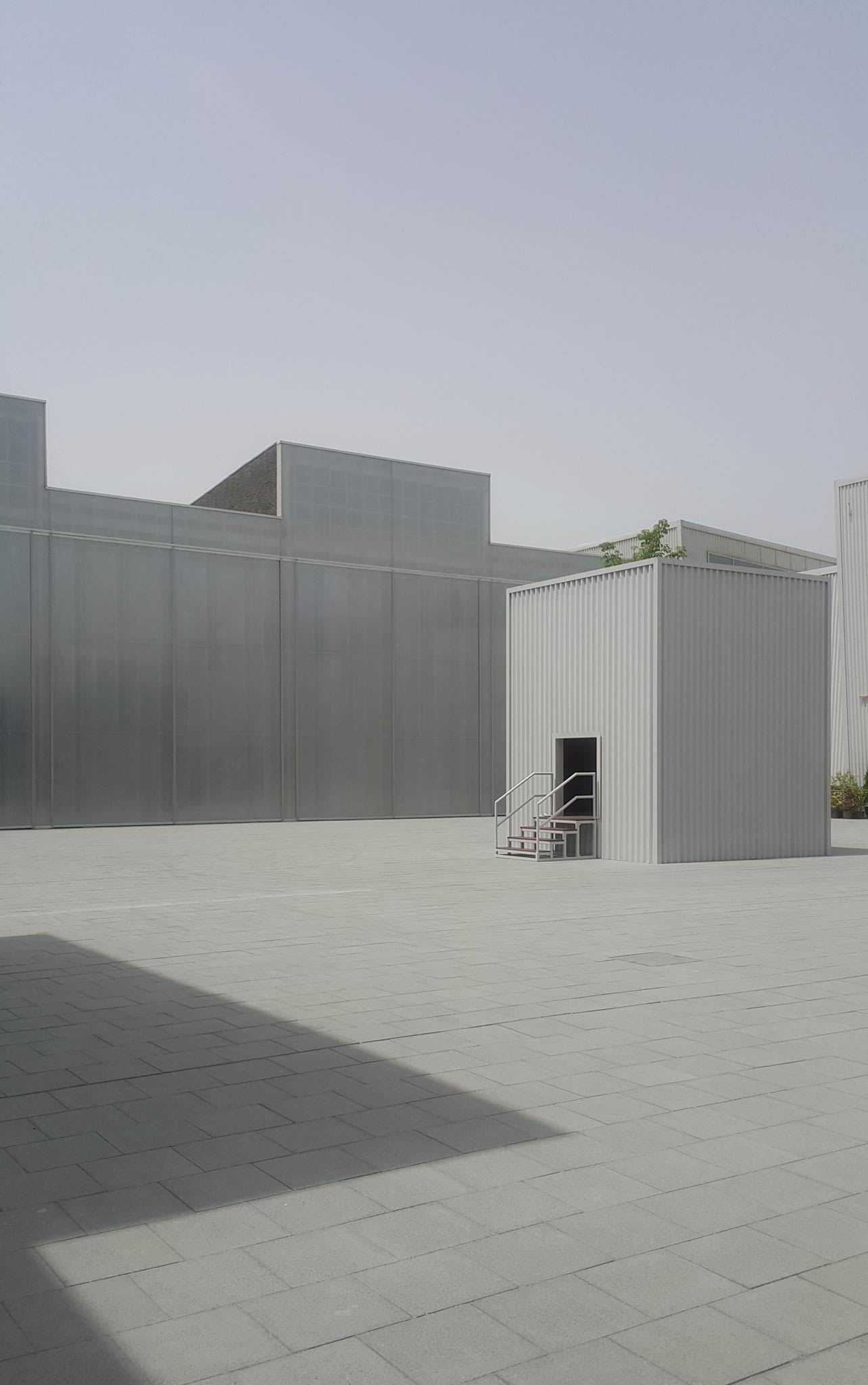As it happens with every artistic expression, creations derived from human creativity have a relevant impact on the way people exposed to them feel and identify with them. Architecture is no exception, spaces born from concepts and architectural designs are linked to what the creative person wishes to express through them and those who coexist in them are able to distinguish those emotions surrounded by the walls.
Based on the aforementioned, the trend on how architectural spaces can have an influence over happiness has flourished. Architecture for happiness was addressed by philosopher Alain De Botton’s book, focusing on how the quality of the environment influences comprehensive wellness. The concern captured in its pages is that design used to be deemed as frivolous, detached from people who inhabit such spaces. It is from this reflection that a new era in architectural psychology arises, where the goal is to change the way we think about spaces and focus it towards how we wish people to feel while in them. In just one word: happy.
“Beauty is the promise of happiness”. This statement, Stendhal’s motto, is born precisely from the wave of thought that inspires change in design and space perception. Even though not all critics have taken this as a positive opinion, many of them along with architects have adopted it as an authentic goal, which takes architectural spaces to an emotional, and not exclusively functional level.

This philosophy invites, above everything else, to reflect, analyze, and create awareness on which emotions and sensations are produced by certain spaces. It is a fact that, although not the creator’s intention, each place causes a reaction on the behavior and mood of people coexisting in it, which can be negative, like anxiety, anguish, or sadness; or positive, like joy, energy, or a sense of belonging. In this way, first we need to think about the emotional purpose of the place to be designed and then add all the parts that influence such mood. Architecture, through the eyes of De Botton, is a wellness tool.
Those who have joined this trend see the possibility of turning spaces into something that provokes pleasure for those who visit them. From home to a public space, like a museum, the place shall be more than an object-housing environment; it should hold harmony.
From theory to practice
The architectural concept is usually created from the conception of design, function, technology, form, and materials that reach an order, simplicity, and balance. However, this architectural philosophy needs to add an extra step to this process: how to incorporate emotion and beauty to the latter. By refocusing the vision towards the psychological consequences and emotional impact they can achieve, another level of interaction with final users is reached, thus influencing their wellbeing and happiness.
De Botton idealized the philosophical concept, but those who have taken it to reality have managed to materialize it through a balance in spaces that encourages happiness in users. In this way, even though designing for happiness requires further studies, these seven points sum up some of their most important foundations.
- Attention to the detail
It is important for each space in the final construction to have a reason to exist, eliminating wasted areas that invite to question on the safety, intimacy, and usefulness of it. Offering users certainty is key for providing calmness.
- Encouraging personal relationships
Coexisting is one of the most important components of happiness, reason why a space shall take the creation of areas to encourage social interactions and exchange of ideas into consideration.
- Balanced temperature
Wellbeing has a lot to do with feeling comfortable and temperature is key to achieving this. Maintaining a nice thermal sensation and guaranteeing a medium humidity level through isolation, breathability, and ventilation will ensure that users enjoy being in the created space.
- Natural light
Guaranteeing the entrance of sunlight and favoring it over artificial lighting reduces disorders like insomnia, stress, fatigue, and lack of creativity. Instead, it favors the feeling of energy and increases productivity.

- Contact with nature
Feeling integrated with the natural environment provides a feeling of calmness, reason why using natural materials in the design to create balance is worthy.
- Simplicity before everything else
Complex and stilted designs do not provoke tranquility, so a composition that allows the mind to read it easily shall be chosen, while trying to avoid monotony .

- Color psychology
One of the most important aspects is the correct use of colors. Each hue and combination has a different way to affect behavior, emotions, and even health, so this matter shall be extremely important when it comes to designing.


